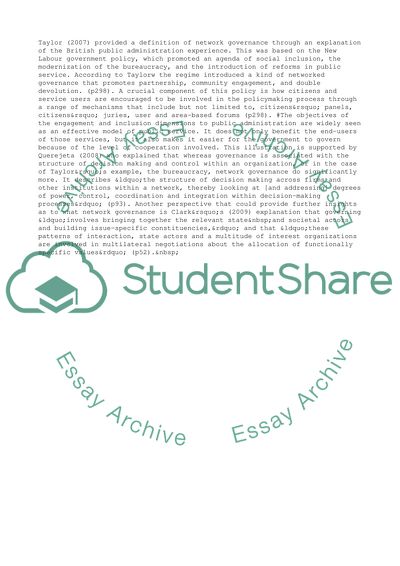Cite this document
(Network Governance: Opportunities and Challenges Essay, n.d.)
Network Governance: Opportunities and Challenges Essay. https://studentshare.org/management/1761937-network-governance-opportunities-and-challenges
Network Governance: Opportunities and Challenges Essay. https://studentshare.org/management/1761937-network-governance-opportunities-and-challenges
(Network Governance: Opportunities and Challenges Essay)
Network Governance: Opportunities and Challenges Essay. https://studentshare.org/management/1761937-network-governance-opportunities-and-challenges.
Network Governance: Opportunities and Challenges Essay. https://studentshare.org/management/1761937-network-governance-opportunities-and-challenges.
“Network Governance: Opportunities and Challenges Essay”. https://studentshare.org/management/1761937-network-governance-opportunities-and-challenges.


